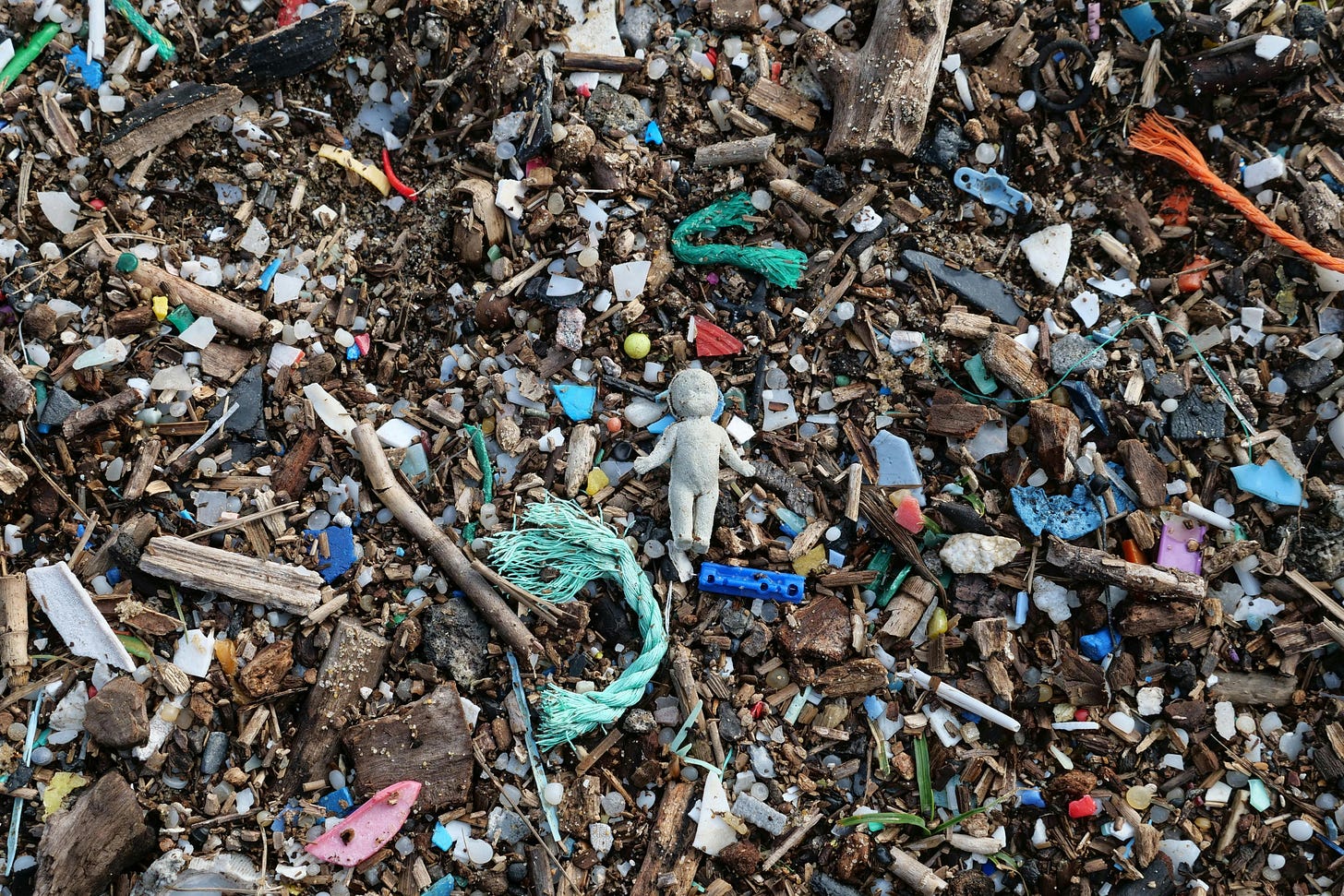In my years as a surgeon, I learned to trust my hands. To save a life, every action had to be precise. Every tool had to be sterile. And every instrument—scalpel, suture, gown, drape, and glove—was often plastic.
Plastics revolutionized medicine. Disposable syringes, IV bags, surgical gloves, and catheters dramatically reduced infection rates and made modern healthcare safer. But what we once saw as miraculous has now become a silent threat—one we can no longer ignore. Plastics break down into microplastics, plastic particles smaller than five millimeters that are capable of infiltrating our bodies and threatening human health in ways we are just beginning to understand.
On March 3, 2025, I attended a panel discussion on plastics, microplastics, and healthcare sponsored by The Medical Society Consortium on Climate and Health. Experts like Dr. Leonardo Trasande, Professor Hardeep Singh, Professor Jeremy Greene, and NRDC’s Jeremy Rosenberg shared alarming evidence of microplastics’ presence in human brains, lungs, bloodstreams, and even the placenta. I walked away with a renewed sense of urgency—not just as a doctor, but as someone who has spent my life fighting for public health. The facts are clear: microplastics are an immediate and escalating health crisis.
Here’s some relevant information on microplastics and what you can do about them:
The Health Consequences of Microplastics
Cognitive Decline and Brain Health: Research indicates microplastics may contribute to neuroinflammation and oxidative stress, both associated with neurodegenerative diseases like Alzheimer’s. Because microplastics can pass through the blood-brain barrier, they can build up in the brain. Some individuals have enough microplastics in their brain to create a plastic spoon. Those suffering from dementia have been found to have 3 to 5 times the amount of microplastics in their brains as individuals who enjoy normal cognitive functions.
Cardiovascular Risks: Microplastics have been found in the bloodstream and arteries, where they may contribute to inflammation, plaque buildup, and increased risk of heart disease and stroke.
Endocrine Disruption and Reproductive Issues: Certain chemicals in microplastics interfere with hormone regulation, affecting fertility, metabolism, and overall endocrine health. Microplastic exposure can lead to lower sperm count, for example.
Early-Life Exposure: Studies show microplastics in the placenta, as well as in breast milk and infant formula, raising concerns about developmental impacts on newborns and long-term health effects.
The Economic Consequences
Strain on Healthcare Systems: Dr. Leonardo Trasande estimates that the economic burden of microplastic exposure costs the U.S. hundreds of billions of dollars annually in medical expenses and lost productivity.
Workforce and Productivity Losses: The rise in chronic illnesses tied to plastic exposure threatens labor force stability and economic growth.
Environmental and Cleanup Costs: The persistent nature of microplastics demands costly mitigation efforts to remove contaminants from water, food, and soil. Water filtration–both in the household and in wider communities–is one of the more easily applicable adaptation strategies.
Adaptation Strategies
Sustainable Healthcare Practices: The medical sector can reduce plastic reliance by adopting biodegradable alternatives, reusable medical tools, and improved waste management strategies. U.S. hospitals currently produce around “6 million tons of waste annually.” Other sectors should look internally to see what adaptation strategies they could adopt.
Public Awareness and Behavioral Shifts: Individuals can take steps to reduce their microplastic exposure by using safer food storage options, avoiding products with synthetic microplastics, and supporting businesses that prioritize sustainability.
Advancing Research and Innovation: Increased funding is essential for developing alternative materials and understanding the full scope of microplastic-related health impacts. Innovative efforts are currently underway to identify and understand the scope of microplastic exposure.
Call to Action for Policymakers
Phase Out Non-Essential Microplastics: Regulations should target unnecessary plastic additives in consumer and industrial products.
Increase Corporate Accountability: Implement producer responsibility policies to ensure industries manage plastic waste responsibly.
Support Scientific and Medical Research: Funding studies on microplastic toxicity and potential solutions will be critical in shaping effective public health policies.
Here’s a link to my recent Forbes article on microplastics: The Invisible Threat: How Microplastics Are Poisoning Our Health And What We Can Do About It





Hi Senator Frist,
Thank you for this article! Matt and I have been reading on this topic, but it helps to get the science and findings from you. We got rid of much of the plastic in our kitchen and are using glass instead. There is still so much to learn. Please keep us updated.
Sandra Morgan
This is of utmost importance and thank you for bringing awareness to your audience. I predict that microplastics will be found a major contributor to the cancer explosion we are seeing in people and their pets.